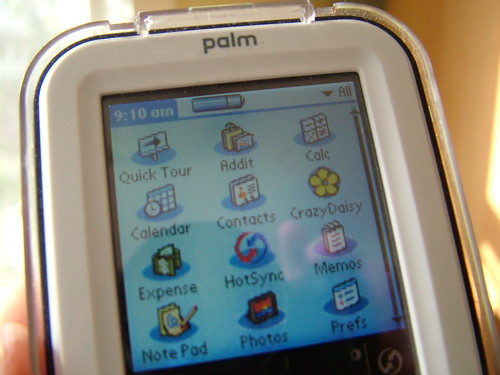Strong third quarter earnings were posted by Facebook this week, but CEO Mark Zuckerberg set the stage for a year of investment ahead, with a ten year horizon. Facebook’s expenses are expected to grow between 50% and 70% next year, and the company looks set to not only aggressively scale its various app based technologies, but also recruit the best and brightest talent.
With almost 8400 employees, Facebook has grown 44% since last year. As CFO Dave Wehner explained:
… we’re investing where we think there is a great opportunity for long-term growth and that’s going to be really investing and continuing to grow the talent base of the Company. So, we’re investing in the people and that’s a big part of it.
On the user side, Facebook reports that over 1.35 billion people use the social network each month with 64% logging in daily. On mobile – yes mobile – 703 million people login daily – signalling a massive 40% growth since last year.
Not content to simply keep pace, Facebook are pushing ahead with a substantial technology investment planned. The plan with 3, 5 and 10 year horizons is for Facebook to develop and grow multiple products to scale ahead of monetisation. On that agenda are WhatsApp, Messenger, Search, Video, NewsFeed, Oculus and Instagram.
Interestingly enough, for the majority of its social network users, Facebook is a single, broad product, with an abundance of features spooling kraken-like into our digital experiences. The push to hive off products across the social network platform (like the recently calved Messenger), however, signal a more strategic understanding of both the business opportunity and the audience behaviours.
With a core platform providing a consistency of experience, Facebook is well placed to aggressively invest in a next generation computing platform – based on augmented reality and Oculus. However, there are significant hurdles to overcome, even with a 10 year horizon. And that heavy investment will need to be focused around transforming the ungainly augmented reality hardware that limits the broad appeal of Oculus in order to avoid a fate similar to Google’s ill-conceived Glass.
Leaving that aside, Zuckerberg’s understanding of audience and scale and the commercial approach to technology and monetisation underpins both the investments and the product strategy. Turning his attention to Search and News Feed, he explained:
Some of the things like Search and some of these other products, this may sound a little ridiculous to say, but for us, products don’t really get that interesting to turn into businesses until they have about a 1 billion people using them. And so for Facebook, we’re there with News Feed and that’s why in the near term our priority is really around continuing to grow and serve that community and making sure that the business around News Feed and those mobile ads fully reach their potential. [my emphasis.]
Throwing these large numbers around seems trite until we break it down. Thinking through platforms at scale – with 1000 million people as a user base for several products at a time – means operating at a scale that few of us can imagine. In Zuckerberg’s own words:
But I do think that this is such a big opportunity ahead of us. I can’t think of that many other companies or products that have multiple lines of products that are on track to reach and connect 1 billion that have a clear path of how we can turn them into a business.
The path to 2025 has been laid out – and it looks like quite a journey ahead. But looking back to 2005 I could hardly imagine the 2015 we have in front of us. I’m guessing Facebook’s investors are consulting their psychics and calling on their resident futurists. And well they might, there’s certainly a lot at stake.
You can read the full transcript of the earnings call on SeekingAlpha.com.






